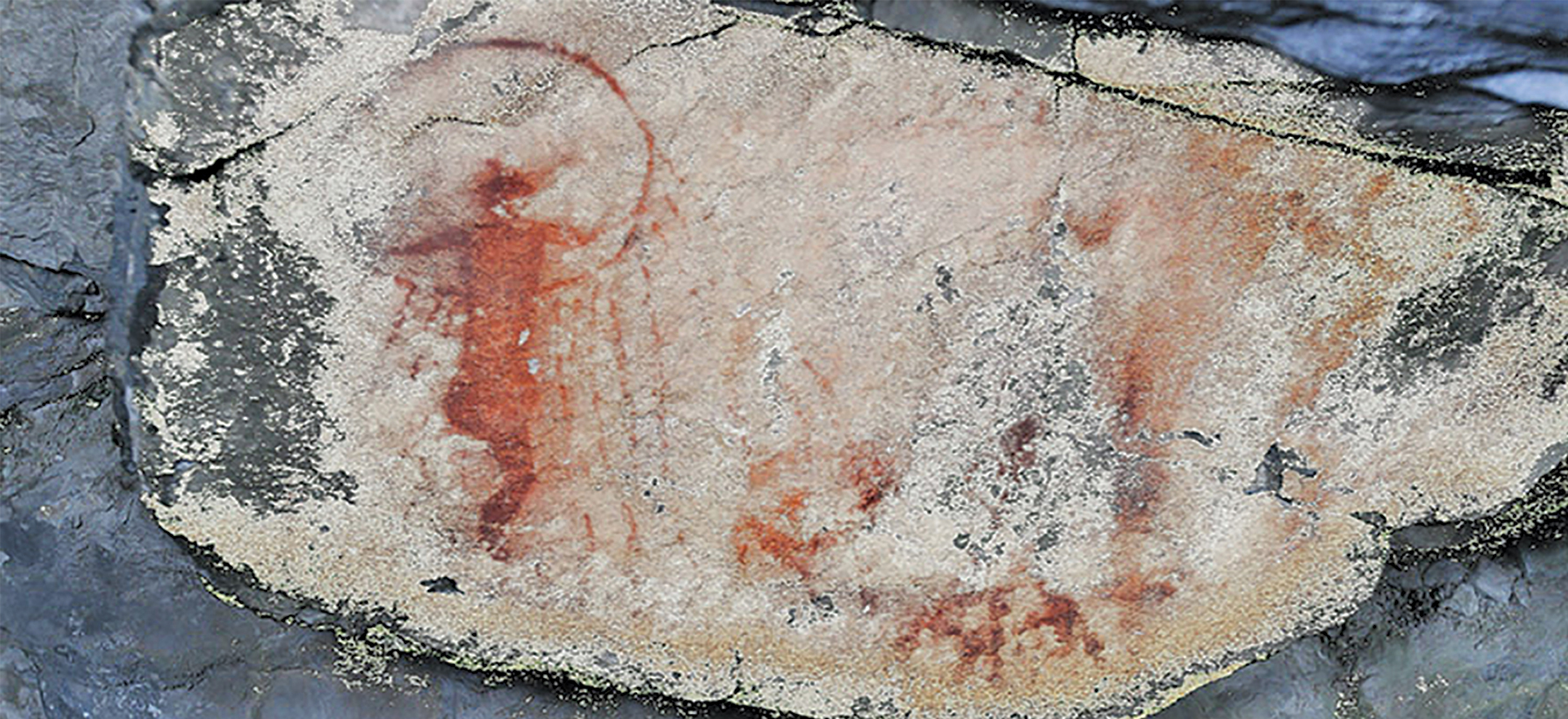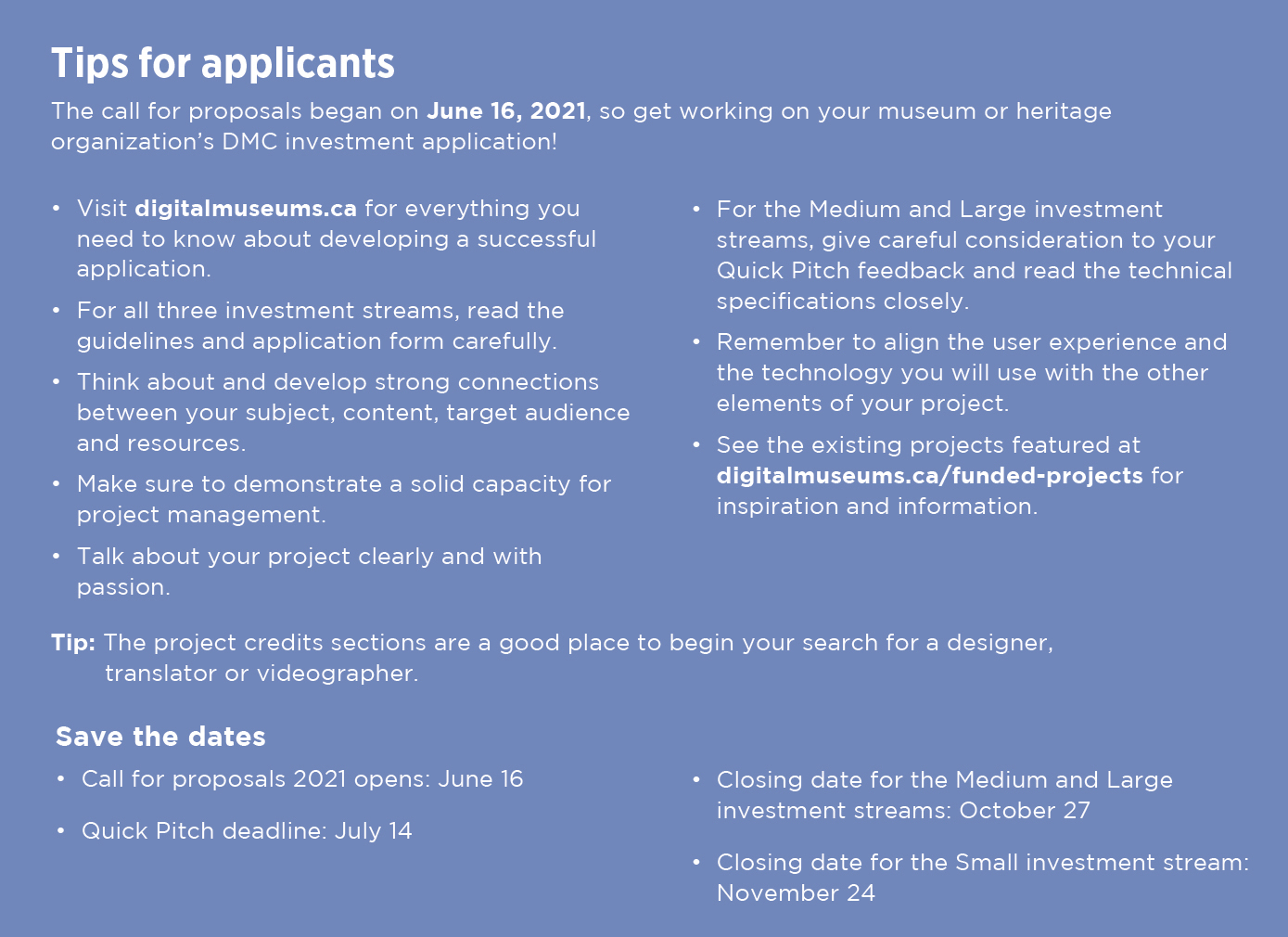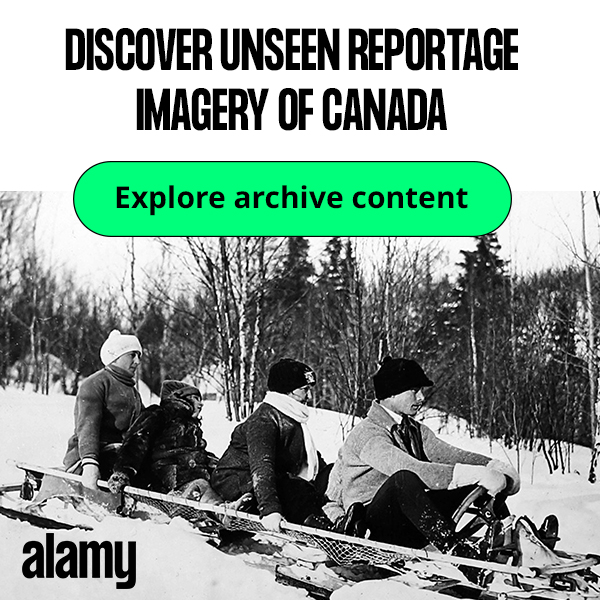
Hanging Out by La Boîte Rouge VIF. Large investment. Technologies: audio, immersive experience, 360 video.
Building Digital Capacity with Digital Museums Canada
Digital Museums Canada (DMC) is helping museums and heritage organizations strengthen their digital presence now and into the future by investing in their online projects. Thanks to DMC’s enhanced website and streamlined application process, it’s easier than ever for cultural institutions to build digital capacity, create dynamic user experiences, share collections and stories with wider audiences, and improve their in-house technical capabilities.
It’s more and more important for museums and heritage organizations to engage their audiences online, but it’s also very challenging to produce high-quality digital content, especially for smaller organizations,” says Megan Richardson, Director of DMC. “There’s a big difference between physical and virtual exhibits, and few organizations have the capacity to do one of these projects in-house. Digital Museums Canada helps you make that leap with expert guidance and user-friendly tools.”
DMC, the largest funding program in Canada dedicated to online projects by the museum and heritage community, has three investment streams: Large, for projects requiring $150,000 to $250,000, Medium, for $50,000 to $150,000, and Small, for Community Stories projects requiring $15,000. Crucially, these investments offer far more than financial support: DMC assigns a program officer to each funded project for the full duration, and provides access to a technical specialist.
“These are multi-year projects that require significant effort,” Richardson says. “We are there to support the process, modelling best practices and guiding organizations as they build their online projects, enhance their digital skills, and explore new and exciting ways of telling stories. We collaborate with project teams to set strategic goals, establish deliverables and ensure these are met at every stage.”

Writing Wrongs: Japanese Canadian Protest Letters of the 1940s by Nikkei National Museum & Cultural Centre. Large investment. Technologies: slideshow/carousel, video.
When preparing their proposals, Richardson advises potential applicants to conceive of a project that will allow them to leverage digital tools and technology, to present content in ways that would be more difficult or even impossible in a physical space.
“In a virtual exhibit, you can zoom into the minute details of a painting, then flip the painting over to examine the back,” Richardson says. “You can use drone footage of a landscape to provide environmental context, or bring a number of large objects — like canoes — together in one (virtual) location.”
She points to Images on Stone — A Virtual Exhibition on Rock Art in Canada (Musée de la civilisation), which combines audio, high-resolution images, interactive maps and video to reveal astonishing and mysterious images painted or sculpted in stone at five sites across the country.
“Technology provides fantastic opportunities for audiences to engage more deeply and more meaningfully with subjects,” Richardson continues. “It’s a way to preserve endangered languages and cultures, to tell stories that have been overlooked, or to offer entry into unique spaces that might otherwise be off-limits, such as industrial sites or isolated communities.”

Images on Stone — A Virtual Exhibition on Rock Art in Canada by Musée de la civilisation. Large investment. Technologies: audio, high resolution image, interactive map, slideshow/carousel, video.
Hanging Out (La Boîte Rouge VIF) is a cultural immersion experience that uses 360° videos of Indigenous youth in Quebec talking about what their lives are like, showing the places that are important to them, and sharing traditions and cultures through personal accounts. British Columbia’s Black Pioneers: Influencing the Vision of Canada (BC Black History Awareness Society) reaches into the past through words, archival documents and photographs to share the history of 800 educated and skilled men and women who immigrated to Vancouver Island in 1858.
Other projects focus on topics as diverse as Irish Famine immigrants in Ontario; the origins of Alberta’s Leighton Art Centre; the colourful history of a mining village in Northwestern Quebec; how Japanese Canadians protested their internment and dispossession during the Second World War; and the songs and poetry of Leonard Cohen. All exhibits must meet strict accessibility standards and are presented in both English and French, although some also include additional languages.
“The projects we invest in give people different ways of accessing stories, experiences and collections 24/7 from anywhere: the comfort of their own homes, on commuter trains, in coffee shops, on a desktop, laptop or phone,” Richardson says. “It’s so enriching to have this material available digitally for Canadians to explore, enjoy, learn from and engage with.”
DMC evolved out of the Virtual Museum of Canada (VMC), which was created in 2001 by the Department of Canadian Heritage as an online content portal for virtual exhibits funded through the program. In 2014, it was transferred to the Canadian Museum of History, which began a multi-year process to rethink and update the program to reflect the current digital landscape and the changing needs of cultural organizations.
“The VMC was both an investment program and a public-facing platform for online content. Digital Museums Canada shifts the focus to serving and supporting Canadian museums and heritage organizations in developing online programs that meet the needs of their target audiences,” Richardson says. She adds that the new mandate was shaped by focus groups and consultations with museum professionals across the country.
To be clear, DMC does not produce online content. Rather, it makes it possible for Canadian museums and heritage organizations to do it themselves, and it encourages collaboration between different organizations. For example, Seeking the Origins of Pointe-aux-Outardes: On the Trail of the First Inhabitants, which takes audiences on an archaeological dig to discover long-held secrets on the past, is the result of a partnership between Archéo-Mamu Côte-Nord, the Conseil des Innus de Pessamit, Quebec’s Secrétariat aux affaires autochtones, and Parc Nature de Pointe-aux-Outardes.

British Columbia’s Black Pioneers: Influencing the Vision of Canada by BC Black History Awareness Society. Small investment. Technologies: user-friendly template.
DMC’s accessible, user-friendly website includes detailed information on the improved application process, including the Quick Pitch option for projects in the Large and Medium investment streams. A toolbox of helpful tips and references, FAQ, glossary, and examples of recent projects are among the other resources available. These tools serve to inform and inspire, enabling applicants to submit a successful application and to start developing their own high-quality digital content.
While projects created through the Large and Medium investment streams are hosted by their organizations on their websites, DMC hosts Community Stories on its server, providing a space for these Small-stream projects that were created with a customized, easy-to-use template. Current and past Community Stories can be accessed at communitystories.ca, and projects developed before 2016 remain accessible in an archive.
The timing of DMC’s launch amid the COVID-19 pandemic was accidental but opportune, because public health measures that forced museums to close their doors created ideal conditions for digital technology to flourish, and for new, inspiring programs and projects to emerge.
“The crisis sped up the digital agenda by about 10 years, as things that people thought would be difficult not only became possible but necessary,” Richardson says. “When the pandemic first hit, we saw a rapid pivot toward digital content, much of it informal and improvised. Museums did an audit of their digital offerings and asked themselves: What’s available online? How can we continue to deliver content with the building closed?

Irish Famine Migrant Stories in Ontario by Canada Ireland Foundation. Large investment. Technologies: interactive map, slideshow/carousel, video.
“The answer was a lot of adapted teaching resources, hastily produced building tours, and quick and dirty live programming. But as people settled in, as logistics and technology fell into place, we were able to step back and think more strategically about how we could leverage what we already do in digital ways.”
“Grappling with the impact of a global event gave people permission to experiment and to try new things using digital media,” Richardson says, adding, “There was a spirit of forgiveness as well, a more tolerant response from the public to things like poor sound or lighting quality.”
Ultimately, the pandemic has proven the potential of new tools and technology to reach out beyond the walls of museums and engage audiences in new ways that can overcome the challenges of geography, socio-economic status or disability.
“Over the past year, people have demonstrated their capacity to learn in new ways, with ingenuity, flexibility and creativity,” Richardson says. “Digital programming is not going away. A hybrid model has emerged, and we’re not going to ignore that once we’re all vaccinated. DMC looks forward to offering support to museums and heritage organizations through this new reality.” M

